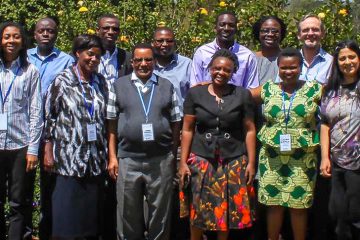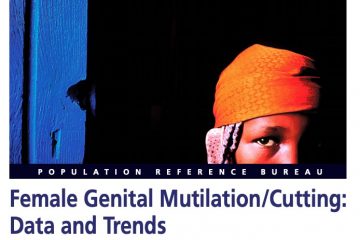While the share of women forced to undergo Female Genital Mutilation and Cutting (FGM/C) appears to be declining in many countries, population growth means that the absolute numbers of women and girls worldwide who have undergone this harmful practice will continue to increase. Recent global estimates suggest that at least 200 million women have undergone this procedure.1 PRB works to overcome common challenges to ensuring that research evidence is seen, understood, and used by decisionmakers to influence program design, policy changes, or resource investments to end female genital mutilation/cutting (FGM/C).
Videos: Reflections From Five Years of Research on FGM/C
Reflections From Five Years of Research
As part of the Evidence to End Female Genital Mutilation/Cutting project this video features key members and advisors in the consortium of researchers discussing core areas of focus including the development and use of innovative research methods, capacity-building for early- and mid-career African professionals, and research uptake.
A Focus on Research Uptake
As a complement to the Evidence to End Female Genital Mutilation/Cutting project’s legacy document “Reflections from Five Years of Research on FGM/C” this video highlights the project’s focus on research uptake, including key elements such as engaging stakeholders early and often, communicating in clear, concise formats, and sharing information through a wide range of digital and in-person channels.
References
1. Bettina Shell-Duncan, Reshma Naik, and Charlotte Feldman-Jacobs, “A State-of-the-Art-Synthesis of Female Genital Mutilation/Cutting: What Do We Know Now? (October 2016),” in Evidence to End FGM/C: Research to Help Women Thrive (New York: Population Council, 2016) accessed at www.popcouncil.org/EvidencetoEndFGM-C, on Jan. 30, 2017.




